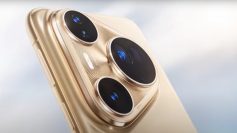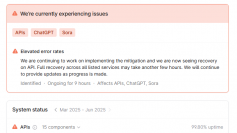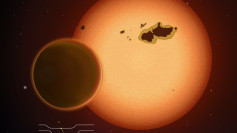NASA announced it had chosen a new mission to study how the Sun generates solar particle storms into space. The information gathered from this mission will provide more knowledge about our solar system, which will eventually help protect astronauts in future missions to the Moon and Mars.
The American space agency calls the mission the Sun Radio Interferometer Space Experiment or SunRISE. It is essentially a fleet composed of six CubeSats that works as one huge radio telescope. The mission is worth a whopping $62.6 million and should launch by mid-2023.
"We are so pleased to add a new mission to our fleet of spacecraft that help us better understand the Sun, as well as how our star influences the space environment between planets," said Nicky Fox, director of NASA's Heliophysics Division. "The more we know about how the Sun erupts with space weather events, the more we can mitigate their effects on spacecraft and astronauts."
NASA selected SunRISE in 2017 as one of two Mission of Opportunity proposals. The mission is headed by Justin Kasper at the University of Michigan in Ann Arbor and managed by the space agency's Jet Propulsion Lab (JPL) in California.
Missions of Opportunity are NASA's initiative to expand science return by partnering budding, new missions with already approved launches, and preparing them for space missions. SunRISE will board a commercial satellite provided by Maxar of Westminster, Colorado. Once in space, it will be deployed and continue on its solo mission.
Each CubeSat, which is the size of a toaster oven, will observe the sun's low-frequency emission. The data will be sent to NASA's Deep Space Network, containing the origin of the giant particle bursts from the Sun and how they are disseminated into space. The six CubeSats will also attempt to map the Sun's magnetic field lines for the first time.
NASA has been testing out small, inexpensive CubeSats. In 2018, the space agency's Insight Mars mission carried with it two tiny machines.
SunRISE falls under the space agency's Explorers Program, which focuses on low-cost missions and is the oldest NASA program that utilizes investigator-led space explorations that falls under the Science Mission Directorate's heliophysics and astrophysics programs. The data it collects could help NASA protect its people as humans reach out for the moon again and the first-ever manned mission to Mars.
For more information about the Explorers Program, visit the official NASA website.






